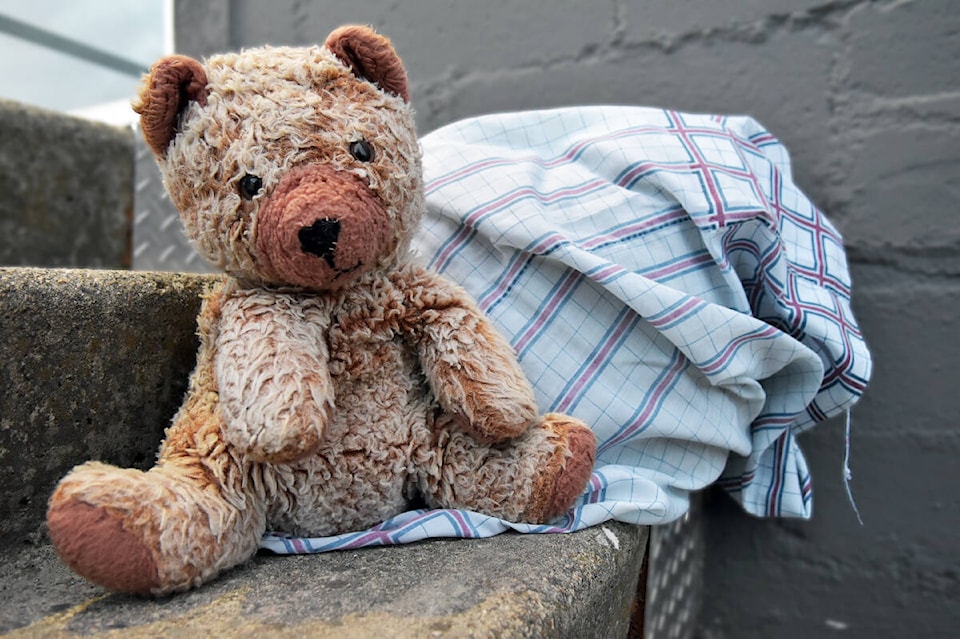New figures from Statistics Canada show poverty among children living in single-parent households headed by women on the rise again.
According to the figures released Friday (April 26), 28.2 per cent of children in such households were living below the poverty line in 2022, the most recent available year. That figure marked a jump of 52.4 per cent compared to 2021. The figure also confirms the recent reversal when it comes to poverty in that group.
In 2017, almost 36 per cent of children living in what Statistics Canada calls “persons under 18 years in female lone-parent families” lived below the poverty line. That figure dropped in 2018 and 2019 and reached a five-year-low of 14.3 per cent in 2020 before starting to climb again.
Looking back at years with available figures, poverty among children living in single-mother households peaked in 2016 with 58.2 per cent.
Overall, poverty rates in B.C. are on the rise again with the current rate at 11.6 per cent, up from 8.8 per cent in 2021. Based on available figures, poverty had hit a recent peak with 18.6 per cent in 2015.
RELATED: Canada’s middle-aged, single parents, recent immigrants taxed harder for extra income
RELATED: Vancouver Island pair running the length of Vancouver Island to fundraise for single parents
Looking at specific demographics, poverty was most widespread among Indigenous British Columbians with a rate of 16.8 per cent. The poverty rate among visible minorities was 13.9 per cent. Both rates were above the overall rate of 11.6 per cent.
These figures were among a slew detailing earnings as well as other measures of socio-economic wealth.
They show food insecurity among British Columbians on the rise with 44.1 per cent of children in lone-parent families experiencing some measure of food insecurity in 2022, up from 37.3 per cent in 2021. Of this group, nearly three in 10 children (29.1 per cent) experienced “moderate or severe” food insecurity with the 2021 figure being 28.8.
Overall, 21.8 per cent of British Columbians experienced some measure of food insecurity in 2022, up from 16.8 per cent in 2021, for the highest rate since 2018. The number of British Columbians experiencing “moderate or severe” insecurity rose to 15.6 per cent in 2022 from 11.6 in 2021 to reach the highest figure since 2018.
Figures released last week also capture the effects of inflation.
The median after-tax income of families and unattached individuals in B.C. in 2022 was $70,600, down 3.35 per cent from 2021 (using constant 2022 dollars). Between 2018 and 2022, incomes peaked in 2020 at $74,400. Reasons for the decline since include inflation and the end of COVID-19 related supports.
